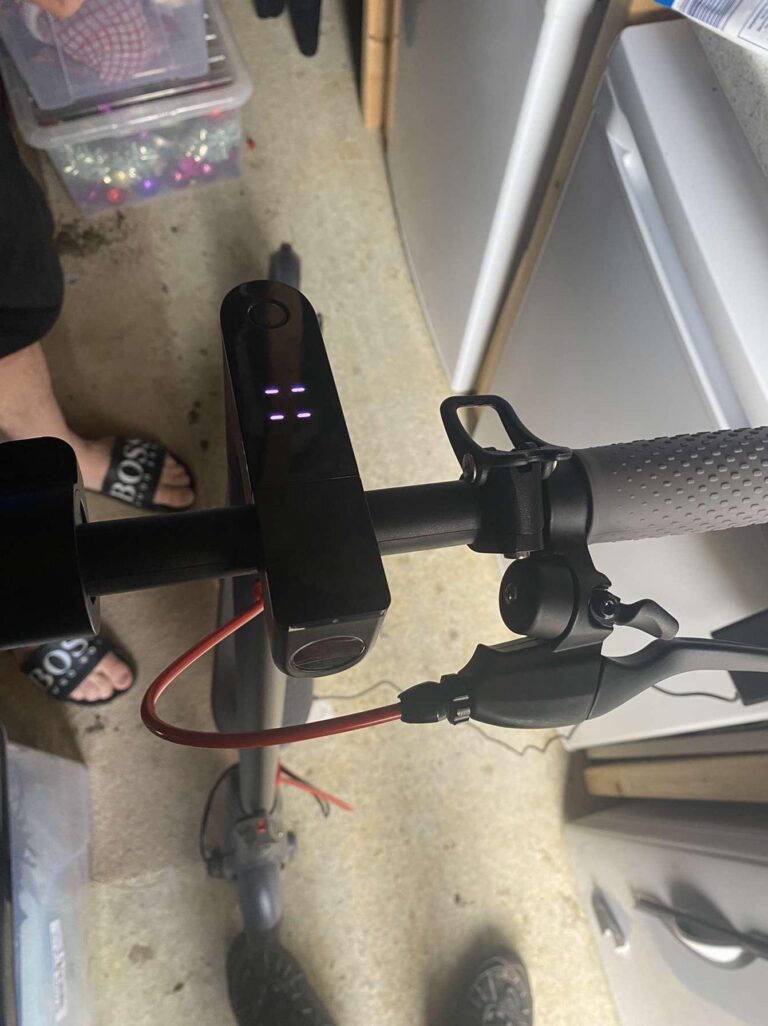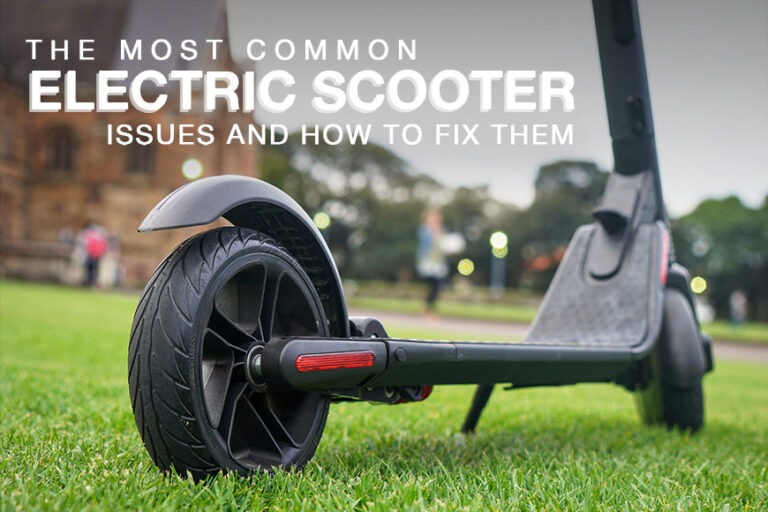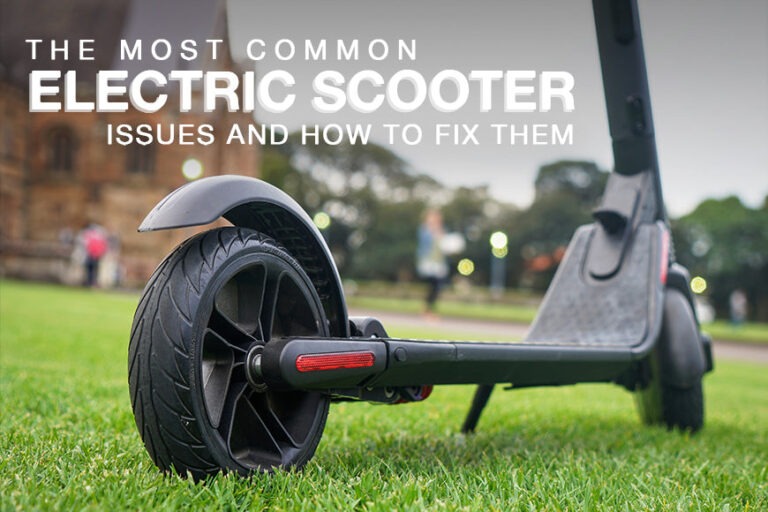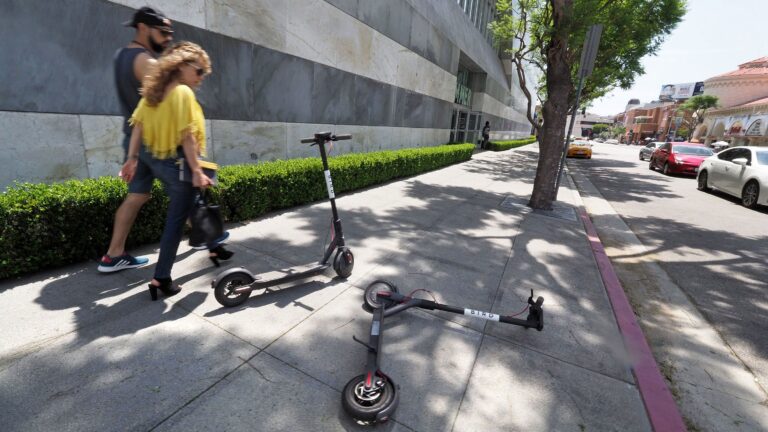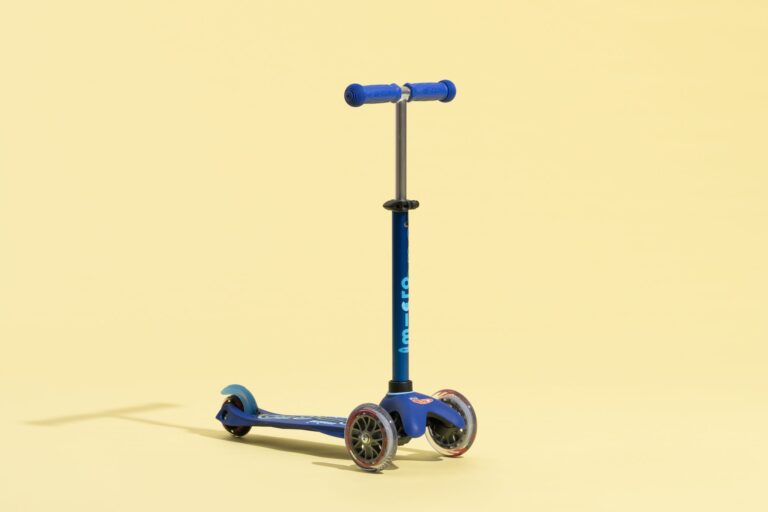Scooter Not Starting After Long Time: Troubleshooting Tips for a Reliable Ride
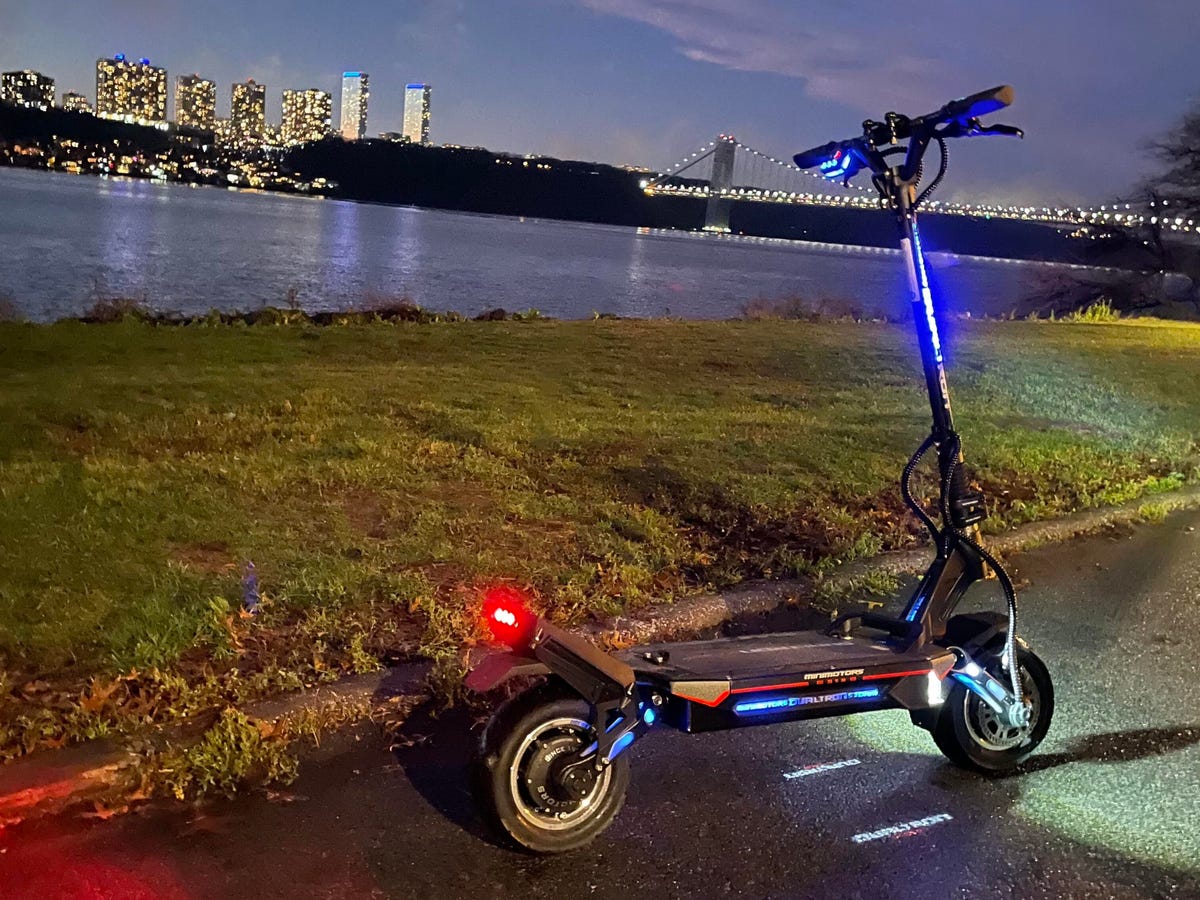
If your scooter is not starting after being idle for a long time, it may be due to a dead battery or fuel issues. Before starting troubleshooting, ensure that your scooter has fuel and the battery is charged.
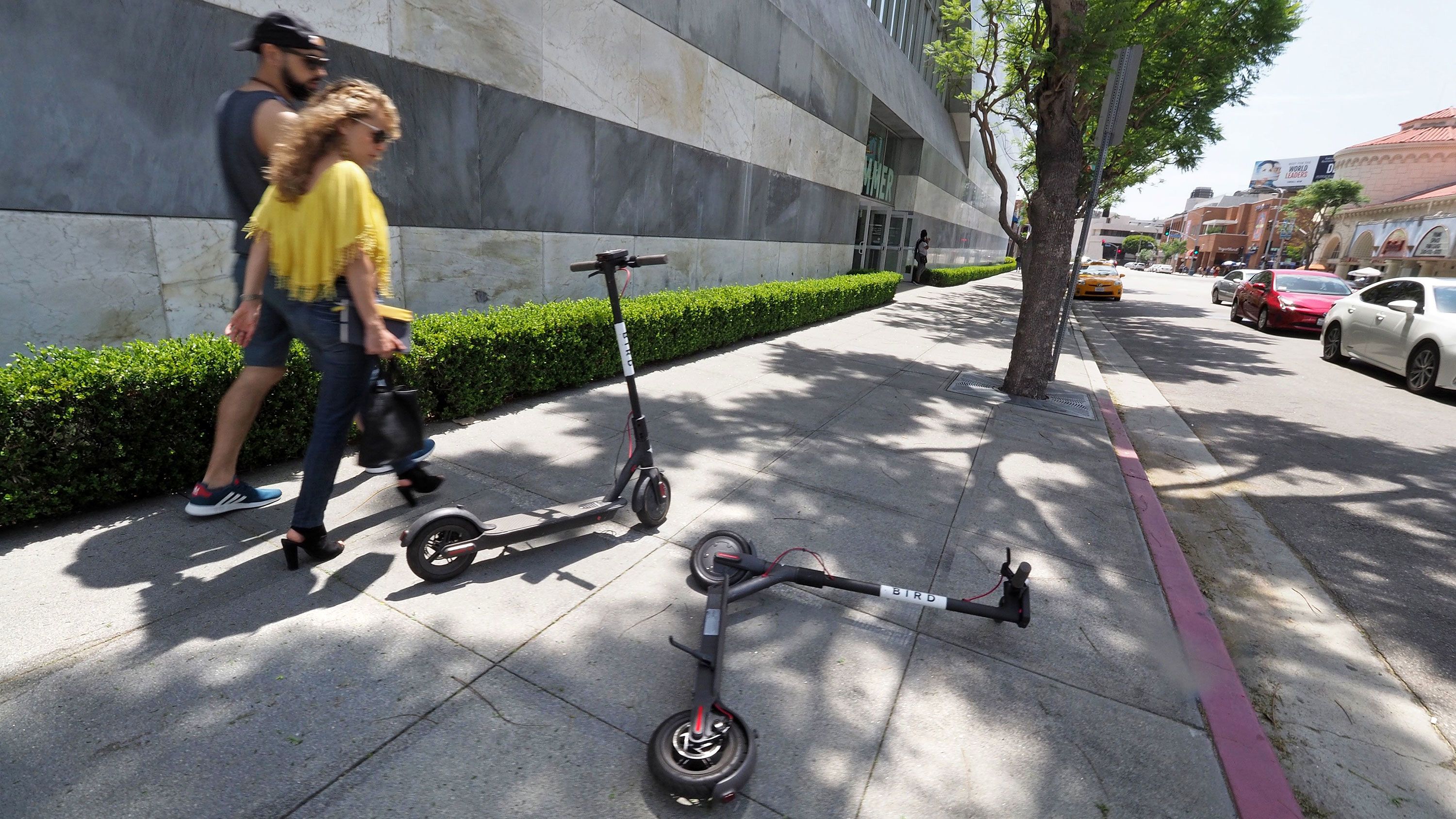
Credit: www.cnn.com
Checking The Battery And Electrical System
Get your scooter back on the road with our battery and electrical system check. Don’t let a long break leave you stranded, our experts can diagnose and fix the issue, ensuring your scooter starts every time.
If your scooter hasn’t been starting after being left unused for a long period, the battery and electrical system may be the culprits. Here are some steps to check and diagnose potential issues:
Inspecting The Battery For Corrosion And Loose Connections:
- Carefully examine the battery terminals for any signs of corrosion, such as a white or greenish buildup. Corroded terminals can hinder the flow of electricity and prevent proper starting.
- Ensure that the battery cables are securely attached to the terminals. Loose connections can result in a weak electrical contact, leading to starting problems.
Testing The Battery With A Multimeter To Ensure It Has Sufficient Voltage:
- Use a multimeter to measure the battery voltage. A healthy battery should read around 12.6 volts. If the voltage is significantly lower, the battery may be discharged or defective.
- Start by connecting the multimeter’s red probe to the positive battery terminal and the black probe to the negative terminal. Take note of the reading on the multimeter display.
- If the voltage is too low, attempt to charge the battery using a suitable charger or consider replacing it if it fails to hold a charge.
Verifying The Condition Of The Starter Solenoid And Ignition Switch:
- Locate the starter solenoid, typically found near the battery or starter motor. Check for any loose or damaged connections.
- Inspect the ignition switch for signs of wear or damage. Ensure it moves smoothly when turning the key.
- Use a multimeter to test the starter solenoid and ignition switch for proper functioning. Refer to your scooter’s manual or consult a professional for specific instructions.
These steps should help you identify any potential issues with the battery and electrical components of your scooter. Remember, if you’re unsure or unable to diagnose the problem yourself, it’s always best to consult a qualified mechanic or technician.
Fuel System Examination
Examine the fuel system if your scooter fails to start after a long idle period. Ensure the fuel lines are clean, the filter is unclogged, and the carburetor is functioning properly. Check for any sediment or debris that may be causing a blockage.
:
When your scooter has been sitting idle for a long time, it may have trouble starting up due to issues with the fuel system. To get your scooter back up and running smoothly, it’s important to examine the fuel system and address any potential problems.
Here’s what you need to do:
Checking The Fuel Level And Ensuring The Scooter Has Fresh Fuel:
- Check the fuel gauge or dipstick to ensure that there is an adequate amount of fuel in the tank.
- If the fuel level is low, fill the tank with fresh fuel. Stale or contaminated fuel can cause starting issues, so it’s essential to use fresh fuel.
Examining The Fuel Lines For Any Signs Of Blockage Or Leaks:
- Inspect the fuel lines visually to check for any signs of blockage or leaks.
- If you notice any cracks, holes, or signs of damage on the fuel lines, they should be replaced immediately.
- Make sure there are no kinks or obstructions that could restrict the flow of fuel.
Cleaning Or Replacing The Fuel Filter If Necessary:
- Locate the fuel filter, usually found in the fuel line between the tank and carburetor.
- Remove the fuel filter and inspect it for dirt, debris, or clogs.
- If it appears dirty or clogged, clean the filter with a suitable solvent or replace it with a new one.
- A clean and properly functioning fuel filter ensures that clean fuel reaches the engine.
Remember, a well-maintained fuel system is vital for the proper functioning of your scooter. By checking the fuel level, inspecting the fuel lines, and cleaning or replacing the fuel filter if necessary, you can increase the chances of your scooter starting smoothly after a long period of inactivity.
Don’t let a neglected fuel system keep you from enjoying the ride!
Spark Plug And Ignition System Assessment
Assessing the spark plug and ignition system is essential if your scooter fails to start after a long time. This examination helps to identify any issues related to ignition, ensuring a smooth and trouble-free start-up.
If you find that your scooter is not starting after being idle for a long time, one potential culprit could be a problem with the spark plug or ignition system. In order to pinpoint the issue and get your scooter back on the road, there are a few steps you can take to assess the spark plug and ignition system.
Here’s what you need to do:
Removing The Spark Plug And Inspecting It For Fouling Or Wear:
- Start by locating the spark plug on your scooter. It is typically located near the engine and is connected to a thick wire.
- Carefully remove the spark plug using a spark plug wrench, taking caution to not damage the surrounding components.
- Once removed, visually inspect the spark plug for any signs of fouling or wear. Common indicators of a problem include a black, oily coating (indicating a rich fuel mixture), a white, gritty appearance (suggesting a lean fuel mixture), or excessive wear on the electrode or insulator.
- If the spark plug appears dirty or worn, it is recommended to clean or replace it, depending on the severity of the issue.
Testing The Ignition Coil For Proper Functioning:
- The ignition coil is responsible for generating the electrical spark that ignites the fuel mixture in the engine. To test the ignition coil, follow these steps:
- Start by disconnecting the spark plug wire from the spark plug.
- Use a multimeter set to the ohms (Ω) setting to measure the resistance of the ignition coil. Consult your scooter’s manual or the manufacturer’s specifications for the correct resistance values.
- If the measured resistance is not within the specified range, it may indicate a faulty ignition coil that needs to be replaced.
Verifying The Condition Of The Spark Plug Wire And Connections:
- The spark plug wire connects the spark plug to the ignition coil, allowing the electrical current to flow. It is important to ensure the spark plug wire and its connections are in good condition. Here’s how to check:
- Inspect the spark plug wire for any signs of damage, such as cracks, fraying, or exposed wires. If any damage is found, it is recommended to replace the spark plug wire.
- Check the connections at both ends of the spark plug wire, making sure they are secure and free from corrosion or dirt. If necessary, clean the connections using a wire brush or contact cleaner.
By following these steps and assessing the spark plug and ignition system, you can troubleshoot the starting issue with your scooter. Remember to refer to your scooter’s manual or consult a professional if you are unsure or uncomfortable performing any of these tasks.
Additional Troubleshooting Tips
If your scooter isn’t starting after sitting for a long time, these additional troubleshooting tips can help. Check the fuel, spark plug, and battery to ensure they are functioning properly.
When your scooter has been sitting idle for an extended period, it’s not uncommon for issues to arise when you try to start it up again. If you’re experiencing trouble getting your scooter started, there are a few additional troubleshooting tips you can try before seeking professional help.
Remember, always refer to your scooter’s manual for specific instructions pertaining to your make and model.
Checking The Air Filter For Any Clogs Or Dirt Buildup
- Inspect the air filter for any signs of clogs or dirt accumulation.
- Gently tap the filter to remove loose debris.
- If the filter appears excessively dirty or clogged, it may need to be replaced.
- A clean air filter ensures proper airflow to the engine, aiding in combustion and starting.
Verifying The Condition Of The Carburetor And Cleaning It If Needed
- Locate the carburetor and visually inspect it for any signs of damage or blockage.
- Check for fuel leaks or a stuck float valve.
- Clean the carburetor if you notice dirt or debris accumulation.
- Use a carburetor cleaner and a small brush to remove any grime that could be affecting fuel flow.
Inspecting The Exhaust System For Any Obstructions Or Damage
- Visually inspect the exhaust system, ensuring there are no visible obstructions or damage.
- Remove any debris or objects that may be blocking the exhaust pipe.
- Listen for any abnormal sounds or rattling, as this could indicate a damaged muffler or pipe.
- A blocked or damaged exhaust can hinder the scooter’s performance and prevent it from starting.
By following these additional troubleshooting tips, you can effectively address common starting issues that occur after your scooter has been sitting idle for an extended period. Keep in mind that if the problem persists or you’re unsure about performing these tasks yourself, it’s always best to consult a professional mechanic or scooter technician.
Professional Assistance
Get professional assistance if your scooter isn’t starting after being idle for a long time. Their expertise will help diagnose the issue and get your scooter running again.
If you’ve tried the basic troubleshooting steps and your scooter still won’t start after a long time, it may be time to seek help from a professional. Here are some situations where it’s best to rely on a mechanic or scooter technician:
- When to seek help from a mechanic or scooter technician:
- If you have followed all the recommended steps for troubleshooting and the scooter still won’t start, it’s time to call in the experts.
- When you are uncertain about the underlying issue causing the starting problem, it’s best to consult with a professional who has the expertise to diagnose and fix complex problems.
- If you lack the necessary skills or knowledge to handle more complicated repairs, it’s important to entrust your scooter to a qualified professional who can address the issue properly.
- Identifying complex issues beyond basic troubleshooting:
- A professional mechanic or scooter technician has the experience and tools required to identify and address complex issues that may be preventing your scooter from starting.
- They can perform diagnostic tests to pinpoint the specific problem, such as examining the ignition system, checking the electrical connections, or assessing the fuel system.
- By relying on their expertise, you can avoid wasting time and money on unnecessary repairs and ensure that the root cause of the starting problem is correctly identified.
- Understanding the importance of regular maintenance:
- Seeking professional assistance can also help to highlight the significance of regular maintenance for your scooter.
- A mechanic or technician can guide you on the appropriate maintenance schedule, including tune-ups, oil changes, and inspection of critical components.
- By keeping up with regular maintenance, you can prevent common issues that may lead to difficulty starting your scooter after a long period of inactivity.
Remember, seeking professional assistance when your scooter won’t start after a long time can save you valuable time and provide you with the expertise needed to address complex issues. A qualified mechanic or scooter technician can diagnose problems beyond basic troubleshooting and ensure your scooter receives proper maintenance for optimal performance.
Frequently Asked Questions On Scooter Not Starting After Long Time
How Do You Start A Scooter After A Long Time?
To start a scooter after a long time, follow these steps: 1. Check the fuel and oil levels. 2. Inspect the battery for corrosion and charge it if necessary. 3. Turn the ignition key and press the electric starter button.
4. If the scooter doesn’t start, try kickstarting it while holding the clutch. 5. Give it a few tries, and once started, let the engine warm up before riding.
What Happens If Scooter Is Not Started For Long Time?
If a scooter is not started for a long time, it may experience issues like a dead battery or fuel system problems.
Why Is My Scooter Cranking But Not Starting?
Your scooter may crank but not start due to issues with fuel, spark, air, or compression.
Why Is My Scooter Not Turning On?
Your scooter may not turn on due to various reasons such as a dead battery, faulty ignition switch, or damaged wiring.
Conclusion
As the saying goes, “an ounce of prevention is worth a pound of cure. ” This applies perfectly to the issue of a scooter not starting after a long time. By following some simple maintenance tips and taking a proactive approach, you can ensure that your scooter starts smoothly, even after extended periods of non-use.
Regularly checking the battery, fuel system, spark plug, and engine oil, as well as keeping your scooter stored in a dry and secure location, will go a long way in preventing starting issues. Additionally, using a fuel stabilizer and regularly starting your scooter during idle periods can help keep the engine running smoothly.
Remember, proper care and maintenance are key to enjoying a hassle-free scooter experience. So, make sure to give your scooter the attention it deserves, and you’ll be ready to hit the road whenever you desire.

